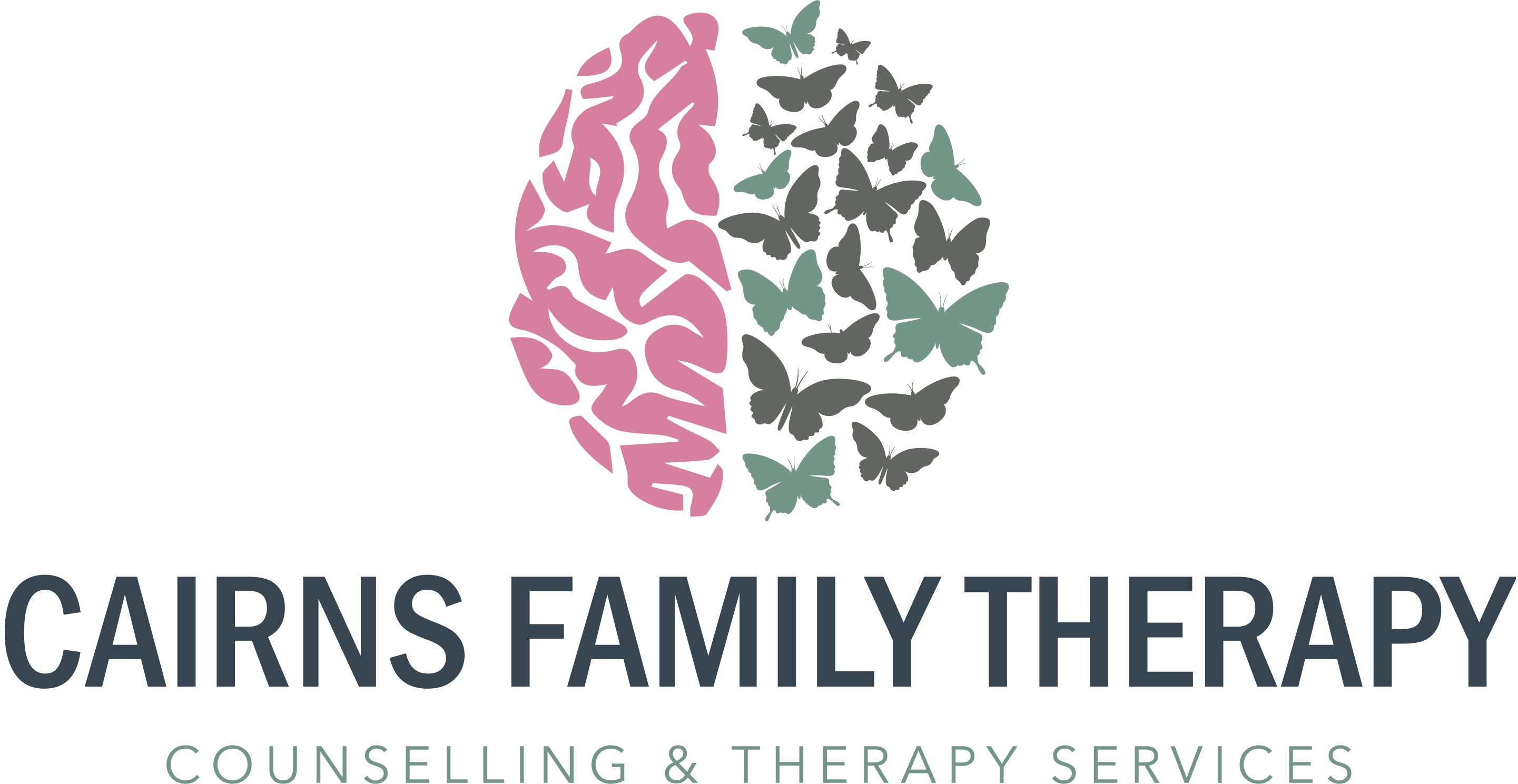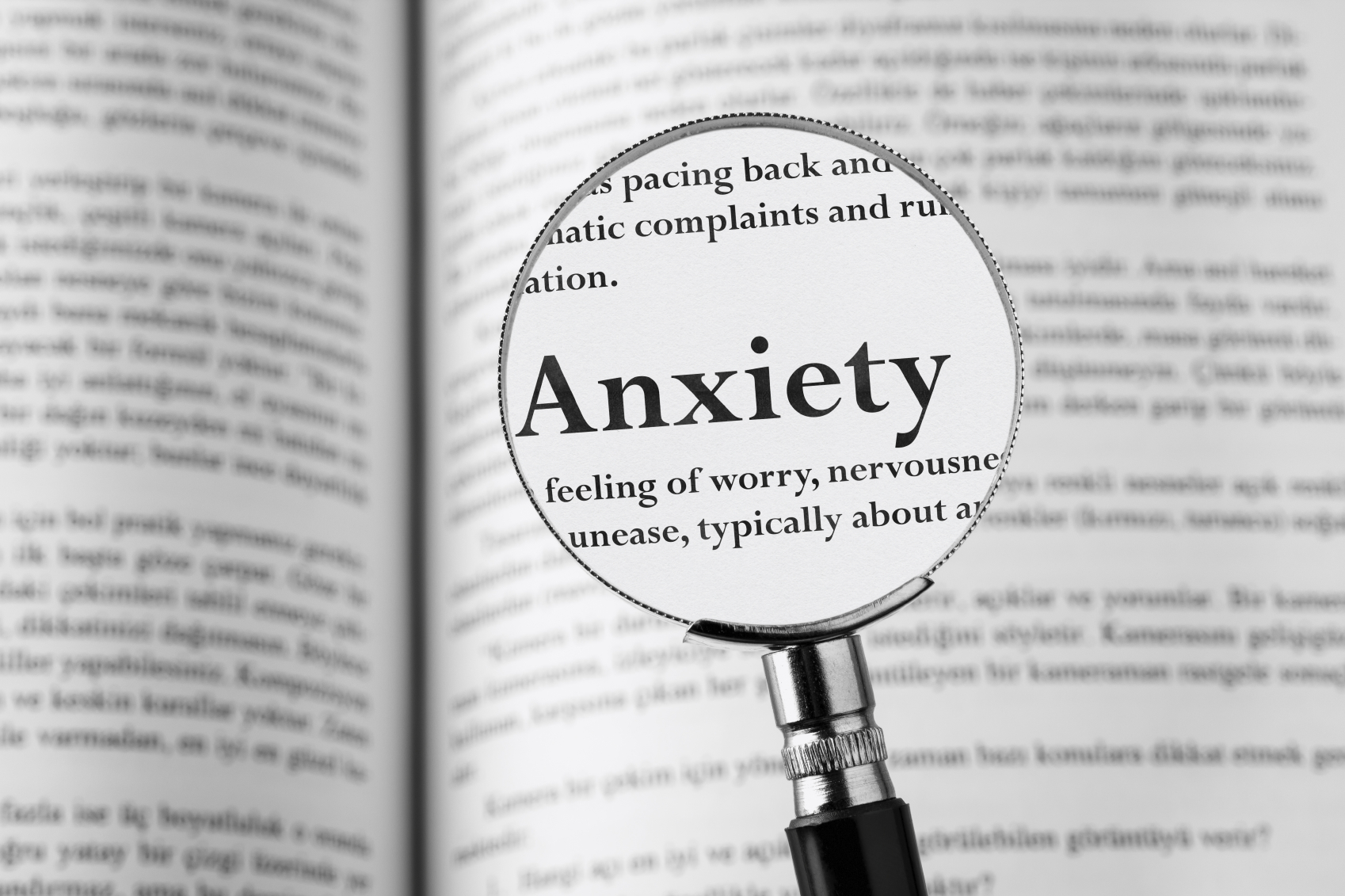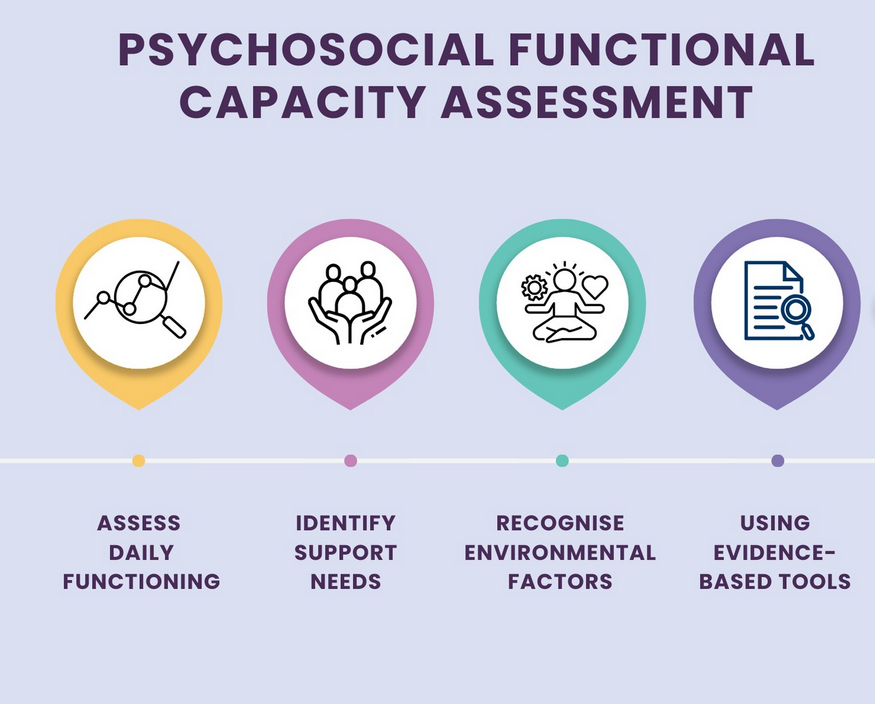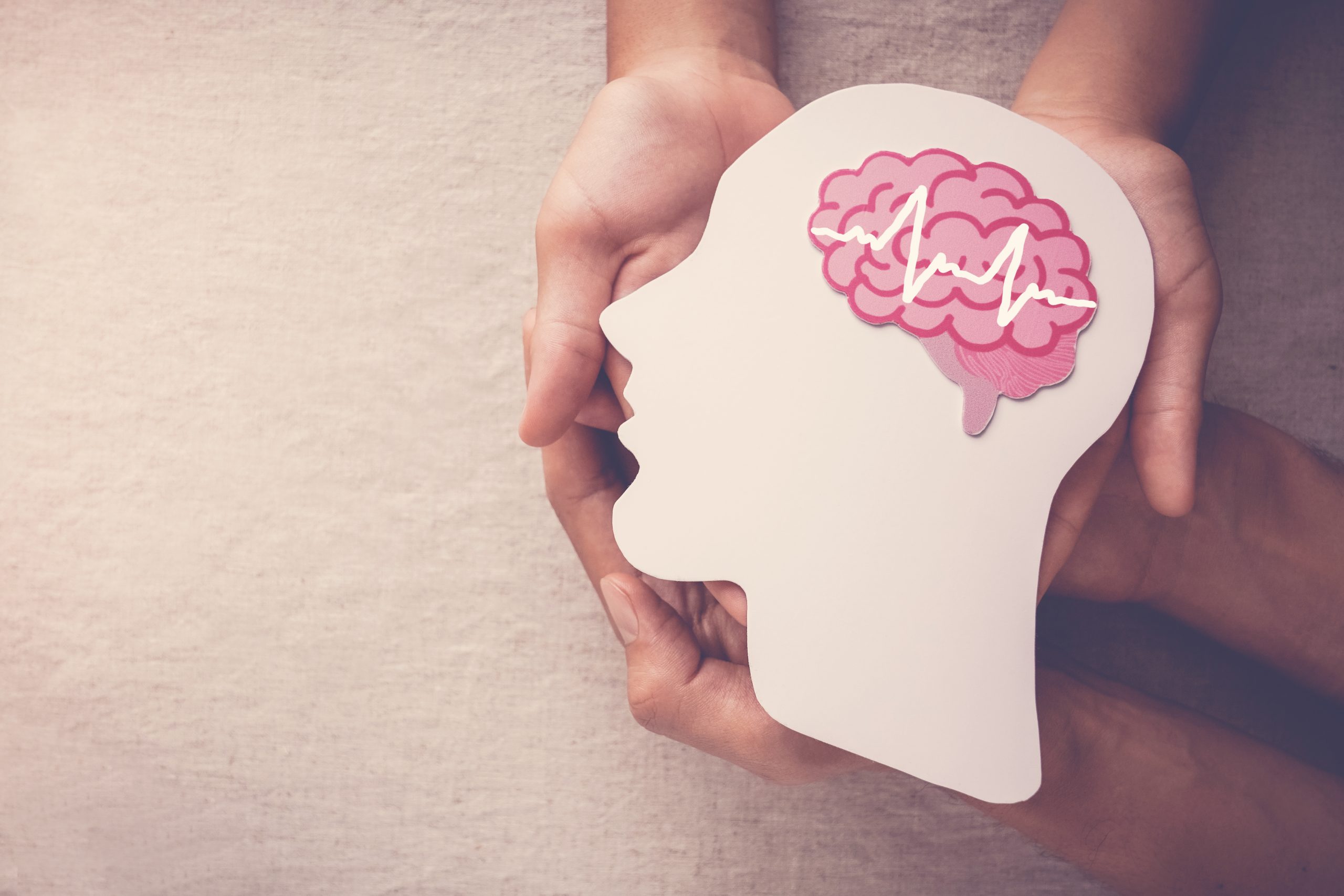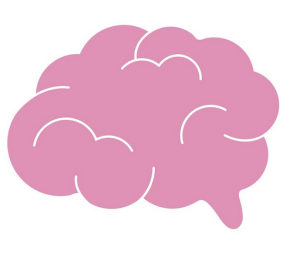Today we want to talk to you about a very important topic: what to do if you suspect your child has ADHD?
ADHD stands for attention deficit hyperactivity disorder, and it is a condition that affects the brain’s executive functioning, which is the ability to self-regulate and control thoughts, words, actions and emotions.
ADHD can cause problems with concentration, organization, impulsivity, hyperactivity and more. It can affect your child’s school performance, social skills, self-esteem and family life. But don’t worry, there is hope! In this post, I will share with you some tips on how to recognize the signs of ADHD, how to get a proper diagnosis and how to find the best treatment options for your child.
First of all, how do you know if your child might have ADHD? Well, there is no single test that can diagnose ADHD, and many other conditions can have similar symptoms. However, there are some common signs that you can look for in your child’s behavior. According to the American Psychiatric Association’s Diagnostic and Statistical Manual, Fifth edition (DSM-5), there are three types of ADHD: inattentive, hyperactive-impulsive and combined.
Here are some examples of symptoms for each type:
– Inattentive: Your child may have trouble paying attention to details, following instructions, staying focused on tasks, organizing their belongings or time, remembering things or avoiding distractions.
– Hyperactive-impulsive: Your child may have trouble sitting still, fidgeting, talking excessively, interrupting others, acting impulsively, waiting their turn or controlling their emotions.
– Combined: Your child may have a mixture of both inattentive and hyperactive-impulsive symptoms.
If you notice that your child has six or more symptoms of inattention or hyperactivity-impulsivity for at least six months, and that these symptoms interfere with their functioning or development at home, school or with peers, then you may need assistance.
The next step is to get some advice. This is very important because ADHD can be mistaken for other conditions or problems, such as anxiety, depression, learning disabilities or sleep disorders. Advice and assitance can also help you understand your child’s strengths and weaknesses better, and find the best treatment options for them.
Once you have gotten some initial advice, you can start exploring the treatment options available. There is no cure for ADHD, but there are many ways to help your child manage their symptoms and improve their quality of life. Therapy can help your child learn coping skills, problem-solving strategies and social skills.
– Therapy: Psychotherapy can help your child improve their time management, organizational skills, impulsive behavior and self-esteem. Cognitive behavior therapy can help your child change their negative thinking patterns and develop better coping skills.
In addition to therapy, there are also some lifestyle changes that can help your child with ADHD. These include:
– Diet: Eating protein-rich foods (such as eggs, meat, beans and cheese), vitamins and mineral-rich foods (such as fruits, leafy vegetables, oatmeal and carrots) and omega-3 fatty acid-rich foods (such as tuna, salmon, walnuts and canola oil) can help nourish your child’s brain and body. Avoiding sugary treats and caffeinated beverages can also help reduce mood swings and hyperactivity.
– Exercise: Engaging in physical activity can help your child burn off excess energy, improve their focus and mood, and release endorphins (the feel-good hormones). You can encourage your child to join a sports team, take a dance class or play outside with their friends.
– Sleep: Getting enough sleep can help your child rest their brain and body, improve their memory and concentration, and regulate their emotions. You can help your child establish a regular bedtime routine, limit screen time before bed and create a comfortable sleeping environment.
– Support: Having a good therapist on board that understands what your little ones or big ones are going through, targets behaviours and executive functioning. Having a supportive network of family members, friends, teachers that can help your child feel loved, accepted and understood.
We hope this post has given you some useful information and guidance on what to do if you suspect your child has ADHD. Remember, you are not alone, and there is help available. With the right therapy, your child can thrive and achieve their full potential.
Thank you for reading, and stay tuned for more posts on ADHD and related topics!
